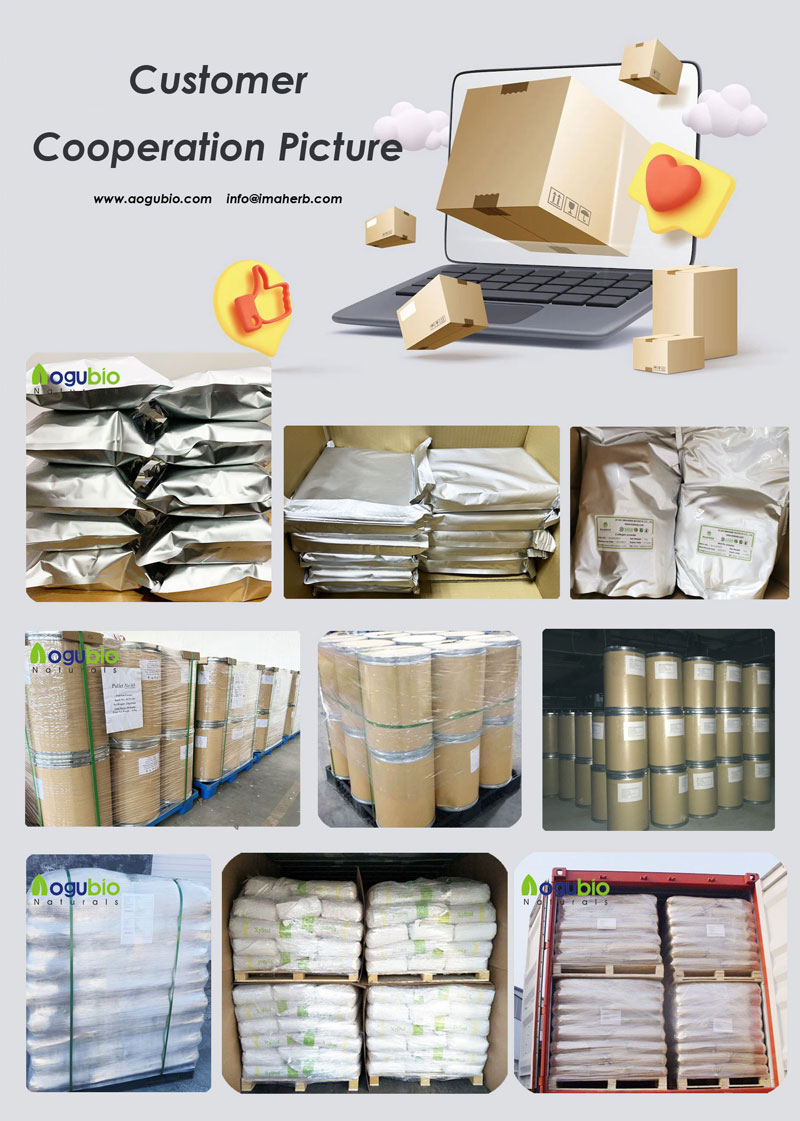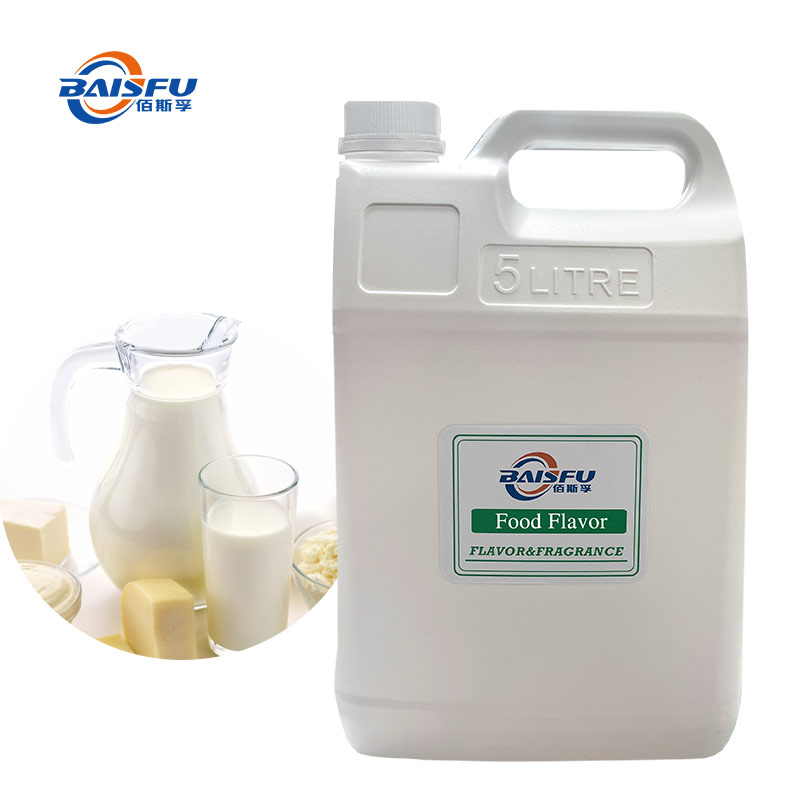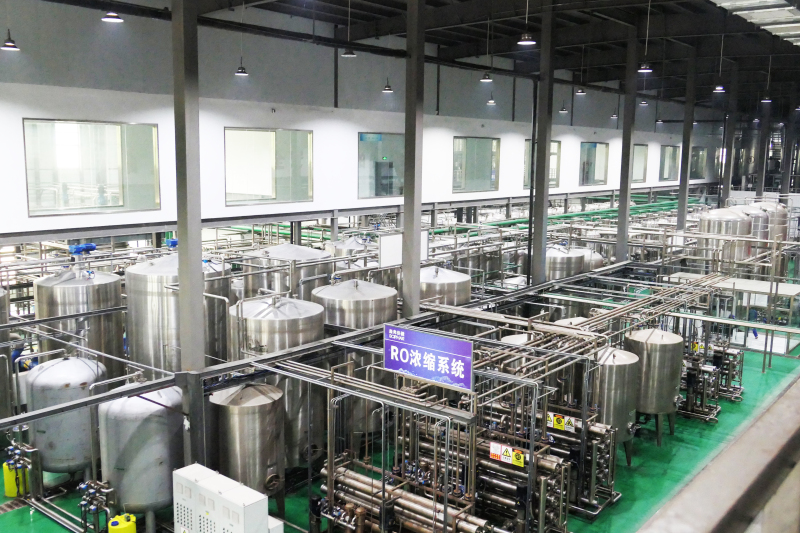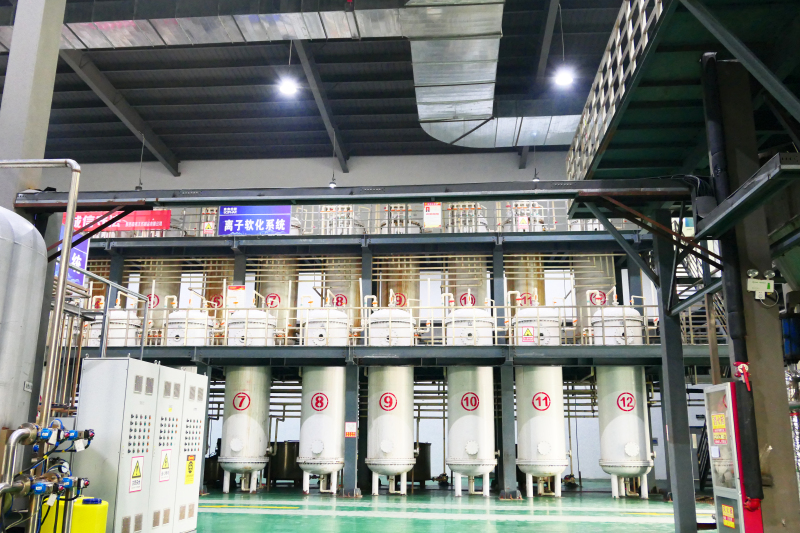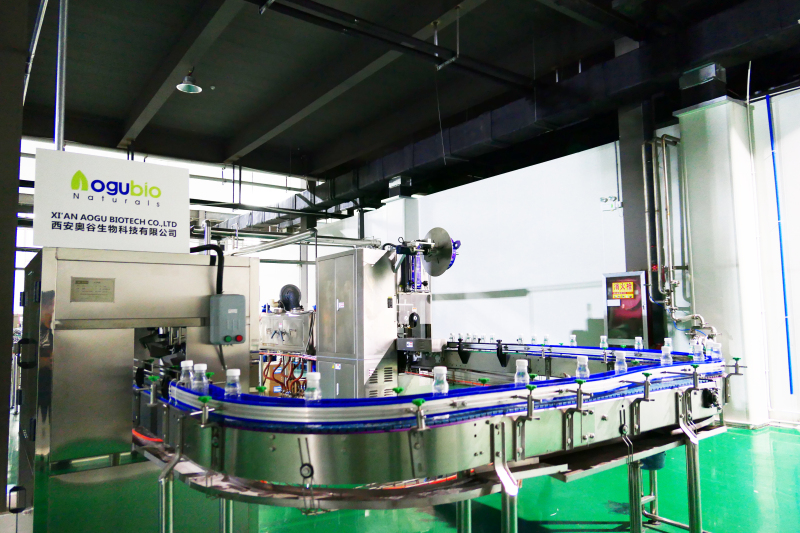Ylang Ylang Oil CAS:8006-81-3
Product Detail
8006-81-3 - Names and Identifiers
| CAS | 8006-81-3 |
| EINECS | 616-893-0 |
8006-81-3 - Physico-chemical Properties
| Density | 0.911g/mLat 25°C(lit.) |
| Boling Point | 264°C(lit.) |
| Flash Point | 190°F |
| Storage Condition | Room Temprature |
| Refractive Index | n20/D 1.5020(lit.) |
| Physical and Chemical Properties | Light yellow liquid with characteristic fragrance of fresh flowers. The Department of kanangjia (see 03122) of the same type of plants, quality and origin of the difference, aroma of the southern type, the saponification value can be as high as 150 (Kanan oil for 10~40). |
8006-81-3 - Nature
is a light yellow or yellow liquid with a mild fragrance of fresh ylang ylang. According to the distillation process to obtain different fractions, divided into special, primary, secondary and tertiary oil.
8006-81-3 - Preparation Method
The Flowers of ylang-ylang tree, a plant of Annonaceae, were collected and oil was extracted by atmospheric water distillation. The amount of flowers is about 20% of the volume of the distillation pot, and the mass ratio of flowers to water is 1:(4~5), which is to submerge the flowers; When distilling, it is required that the water will boil quickly, in order to reduce the heating time; Distillation time is 10~20h, the distillate temperature is controlled at about 40 ℃; The longer the distillation time, the worse the quality of the distillate. The special grade is the fraction distilled out in the first few hours, accounting for about 35% to 40% of the total fraction.
steam distillation is used abroad, and the essential oil is distilled out in four stages: the first stage of special grade oil, the second and third stages are primary and secondary oil respectively, and the fourth stage is tertiary oil.
8006-81-3 - Introduction
Yellow to yellowish liquid.
8006-81-3 - Use
is widely used in daily flavor, in order to increase its floral fragrance, and there is a certain fragrance effect. Mainly used for the deployment of high-grade perfume, soap, cosmetics flavor. It can also be used for perfuming food, such as candy, chewing gum, baked food, and can impart fragrance to flowers.





